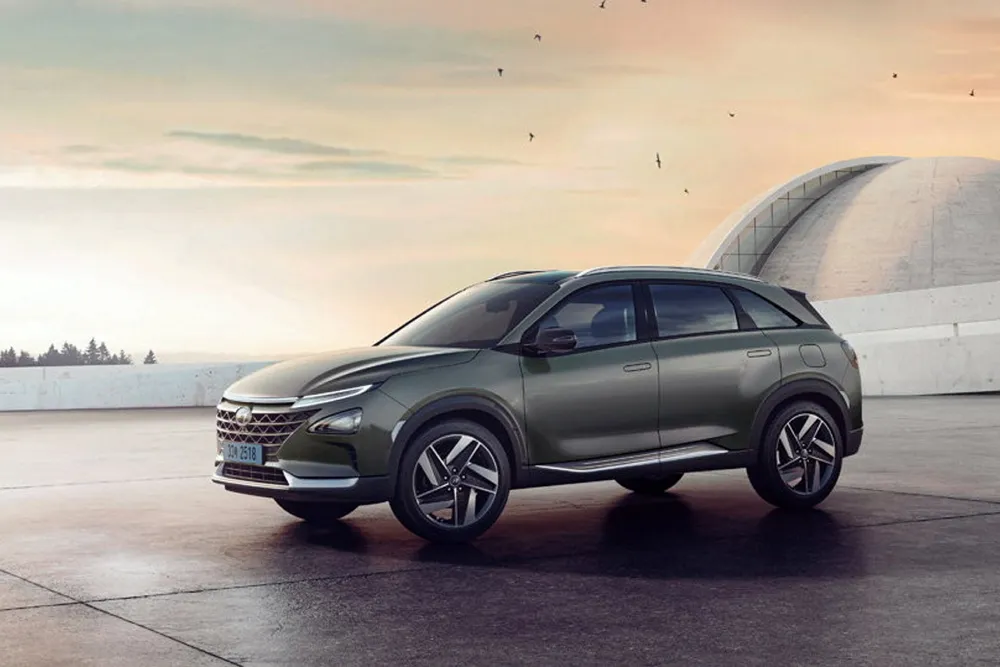Hyundai unveils the 2024 version of its hydrogen-powered Nexo fuel-cell car
But while competitor Toyota recently redesigned its Mirai, the 'new' Nexo remains the same as its original 2018 model, but with fewer trim options

But while competitor Toyota recently redesigned its Mirai, the 'new' Nexo remains the same as its original 2018 model, but with fewer trim options
